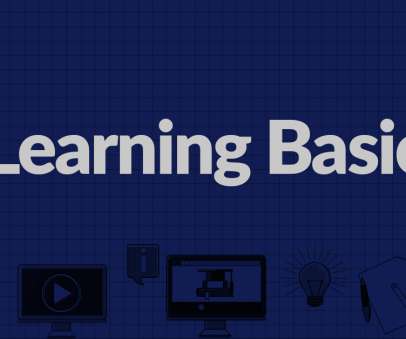HTML5 in E-learning – Signaling the End of the Flash Player
CommLab India
APRIL 12, 2017
For years, the Flash Player reigned supreme in the world of e-learning. It seemed that the Flash Player was destined to rule the technology-enabled learning world. Apple’s products, the iPhone and the iPad, had (and continue to have) a large share of the mobile device market. You have no such problems with HTML5.


















Let's personalize your content